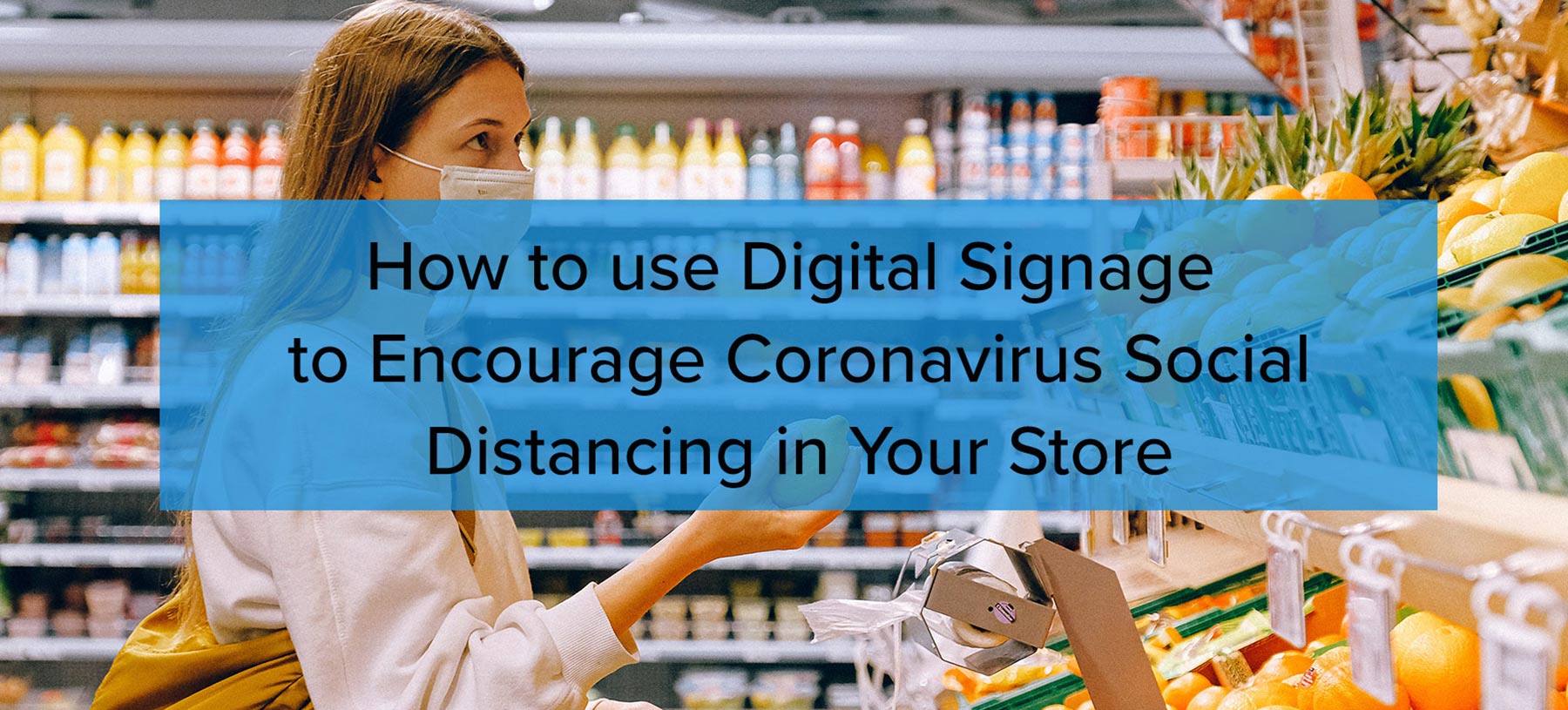
How to use Digital Signage to Encourage Coronavirus Social Distancing in Your Store
When modern marketers create content we generally have no idea where it will be consumed, or on what device.
But for once, I’m pretty safe to say you’re reading this at home. Thanks to a bundle of RNA, proteins, and fats that you know by COVID-19.
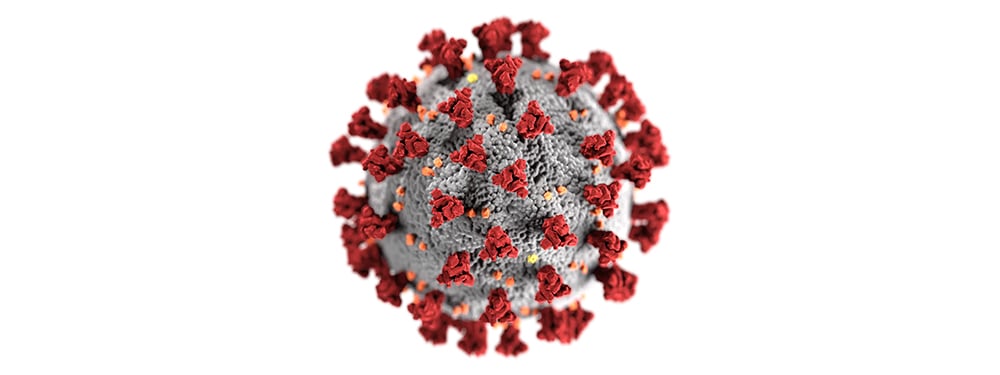
The COVID-19 pandemic has swept the globe. Nowhere is free from it. And absent a vaccine or antiviral that works reliably, we’re all busy ‘flattening the curve,’ which means this:
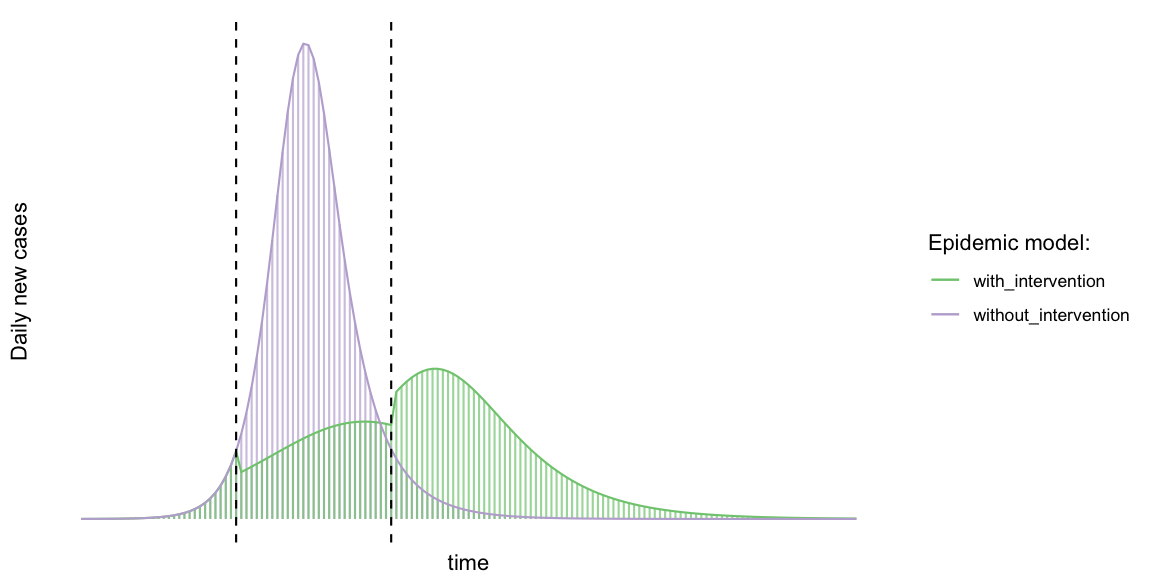
We’re trying to keep the rate of new infections low enough that very severe cases can be dealt with, without swamping all the hospitals. Which means we’re all staying home except for groceries shopping, watching wild animals parade around our cities…

...and feeling very strange about rewatching The Walking Dead.
Here’s a quick refresher on why that is.
How coronavirus spreads
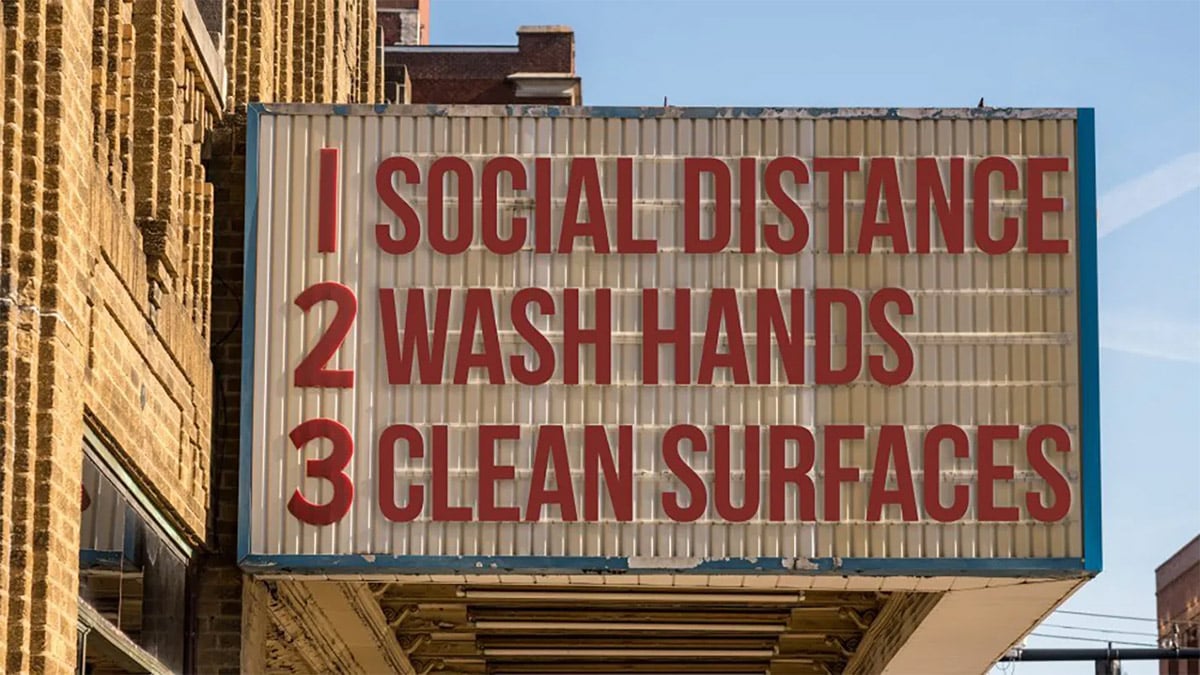
Like any virus that likes to hang out in the airways, COVID-19 leaves the airways of an infected person riding on droplets of moisture.
That happens when we cough, sneeze, breathe, or talk. Most people breathe out about 240ml of water droplets a day. The amount varies depending on what you’re doing, but when running or breathing hard, it’s a higher volume — and it travels further.
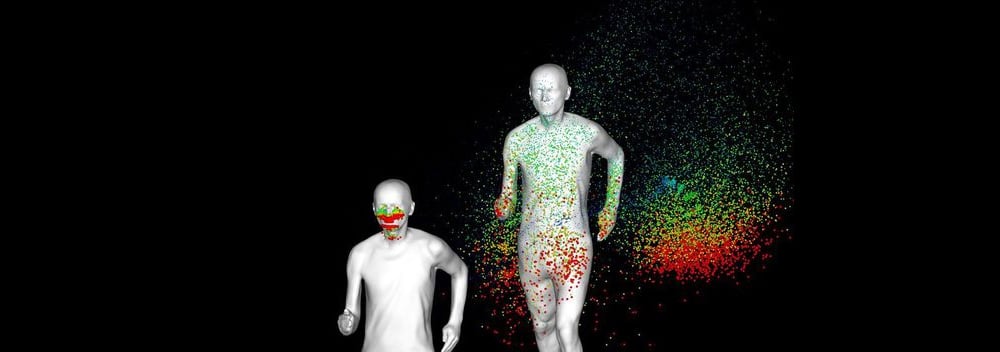
Like this — but not necessarily exactly like this.
Coughing and sneezing send clouds of virus-laden particles much further than normal talking or breathing. How far?
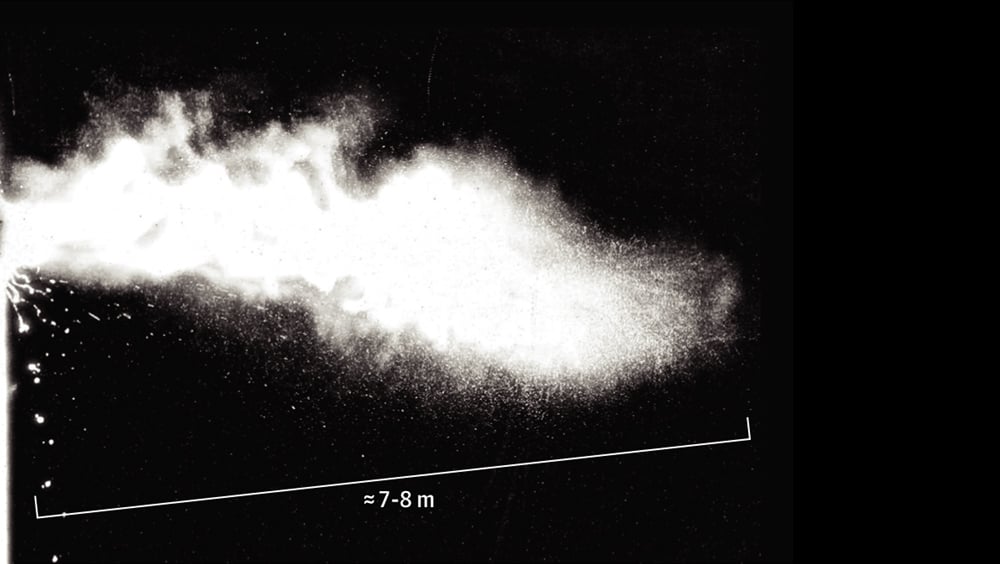
That’s nearly nine yards. The most dangerously infectious particles tend to travel about two meters or around six feet — the distance the CDC advises.
We catch the virus from surfaces, so only touch what you need to, wash your hands regularly with soap and water (believe it or not, soap is the most effective tool against viruses like COVID-19. This in-depth Twitter thread from a professor of chemistry explains why, if you’re interested), and wash surfaces.
And we catch it from each other, so we need to stay away from each other.
Key points: constant reminders
What does it have to do with digital signage?
We know that digital signage is excellent for engagement and retention.
It captures about five times as many viewers as static signage, and people actively like to look at it, with 84% of shoppers telling a survey they found digital signage made queueing feel shorter.
Digital signage isn’t just ‘TV in the store,’ either. It captures viewers’ thoughts, not just their eyeballs. In a study, 83% of participants recalled a digital sign they had seen: 47% recalled three: and 20% had a conversation about one.
Does digital signage influence action? Yes, it does and in a wide-ranging way. ResearchGate found that ‘in-store product advertising can stimulate the consideration and purchase of the entire product category.’ In other words, digital signage can help persuade people to buy, not Coors or Budweiser, but beer.
People pay more attention to digital signs than to static signs, they’re more likely to remember what they saw or heard, and they’re more likely to act on what they’ve seen.
On the flip side, we as a species stink at doing the right thing.
People who should know better often don’t do better.
People let their attention wander and their guard down.
That’s partly because social distancing is unnatural, and it feels that way. The instincts that are right and good most of the time can play us falsely in the middle of a crisis or an unusual situation, and the guesswork-and-gut thinking we fall back on most of the time (what behavioral scientists call ‘heuristics’) is wrong for situations we’ve never encountered.
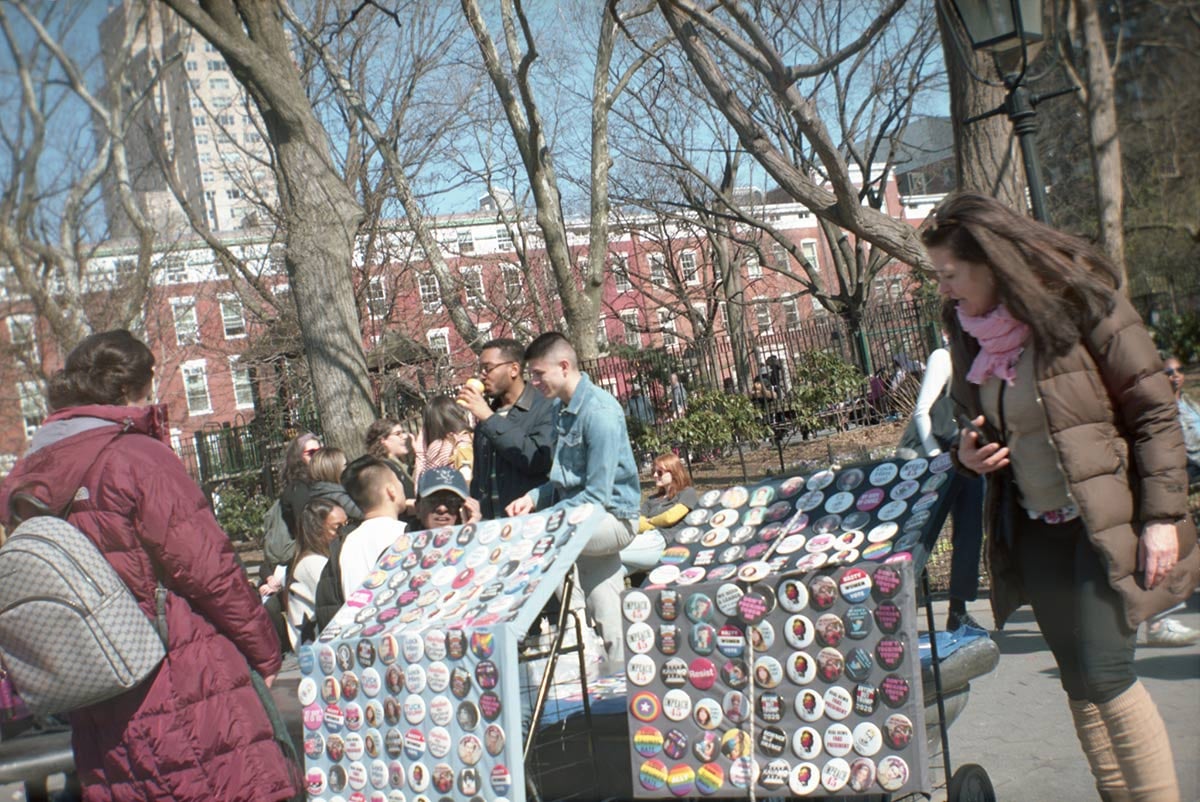
The upshot of this is that like these New Yorkers in March 2020, plenty of perfectly sensible people are failing at social distancing. We need constant reminders of our new habits or we fall back on our old ones. Like going to the beach, hugging, and hitting the bars. Habits that were good and healthy before (OK, maybe not the bars) but which are now dangerous.
So, how do we change our habits?
Making social distancing a habit: the barriers
How do we form habits? Here’s Jason Gutierez of The Monk Life, explaining how to turn something into a habit:

In our current pandemic, we get the occasional reminder, sometimes with mixed messages.
We sort of do a routine, if we remember.
And the reward? We don’t see it.
First, it’s negative (don’t get sick) not positive (get a cookie). And second, our good actions might be stopping someone else from getting sick. That’s desirable and laudable, but it’s not very rewarding in the here and now. We don’t want to be virtuous; we want a cookie.
Social distancing needs to become a habit. But it doesn’t have any of the elements that help us make a habit.
Digital signage can help with all three elements of this problem — yes, even the reward.
How can we use digital signage for this?
Remember, digital signage is sticky. It’s powerfully effective at attracting attention and keeping it, compared with traditional signage.
So we can use digital signage to attract store visitors’ attention, exactly the way we would if we were trying to inform them about new products for sale. We can underscore the need for social distancing and normalize it so it feels natural instead of awkward and weird. And we can use it to encourage and reward users with here-and-now praise and deliver a positive boost in mood.
Reminders
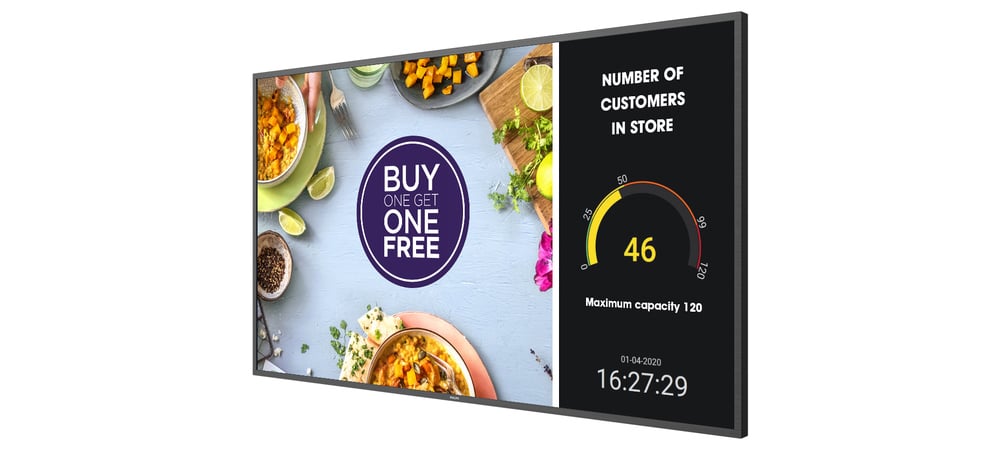
We’ve already seen how effective digital signage can be for attracting attention and ‘nudging’ behavior. But won’t it be less effective when it’s selling pandemic-appropriate social distancing than when it’s selling white rum and chocolates?
No. If anything, reminders like this are actually more likely to be effective. According to ResearchGate, ‘Shoppers are most responsive to “news” (new items, promotions, seasonal information) and least responsive to traditional brand messages.’
Reminders can simply take the form of a visual encouraging people to maintain social distancing around the store. Static visuals work if the image and message are strong enough; short videos positioning the virus as a risk and social distancing as a key tactic for its defeat can be even more effective.
Routine
Routine is a matter of doing X in response to Y, every time. Anyone who’s pulled a car out of a driveway, tied a shoelace or checked their pockets for wallet, keys, and phone knows about this: you don’t need to think your way through the right sequence because it’s so familiar. You just do it.
In social distancing terms, we’re mostly still at the ‘bunny ears’ stage. We need to have our routines reinforced. And digital signage can help, in-store and while entering and leaving.
Reminders of the basics — 6 feet apart, don’t touch your face — can be displayed on signage between other content. It’s most effective when it’s tailored to its audience, as with this ski-centric reminder:
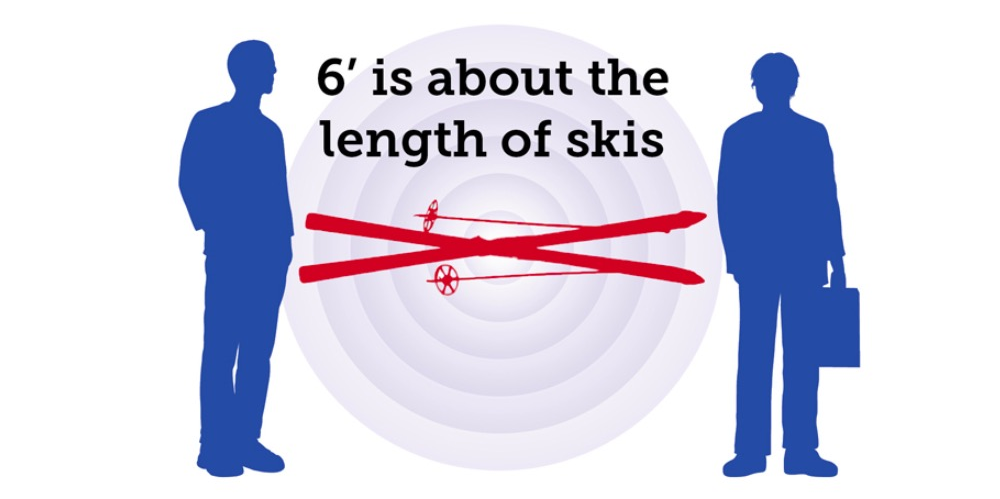
Not a winner in Florida, perfect sense in Colorado.
Or how about this from Canada?
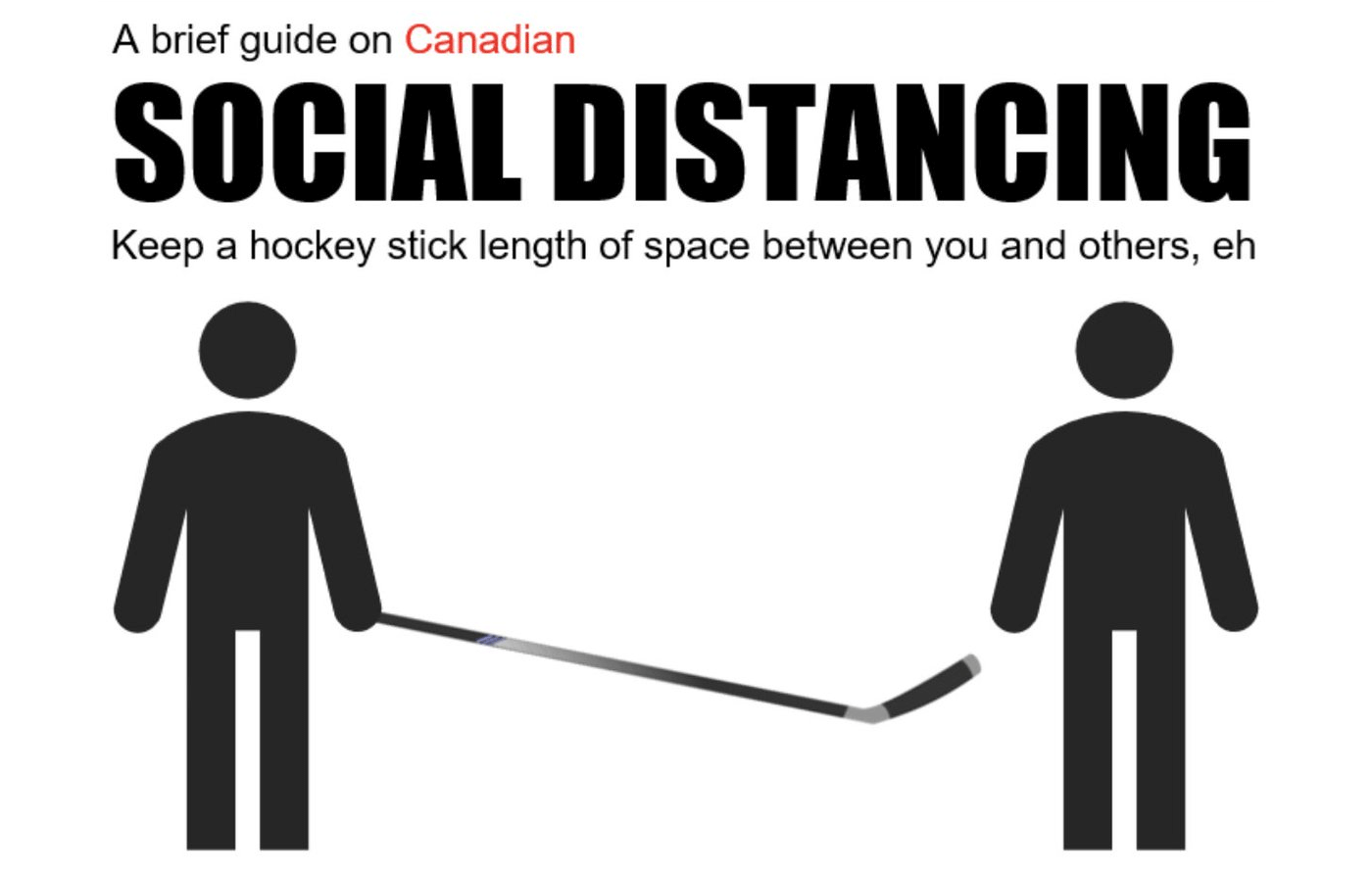
See if you can guess where this one’s from.
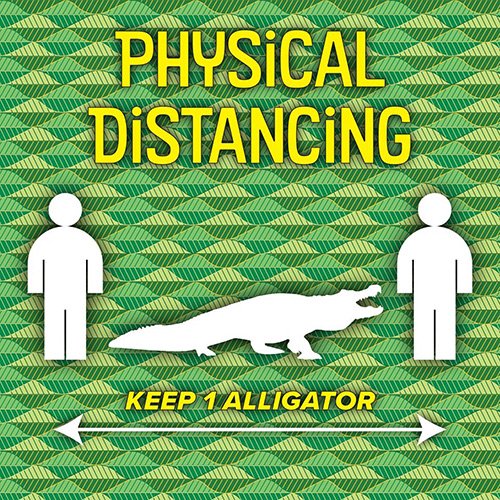
Using reminders that reinforce and normalize social distancing and that play into people’s sense of identity in positive, lighthearted ways can be an effective tool.
High-traffic areas of stores, or obligate areas like queues for checkout and entryways, can be prime locations for these reminders. If seeing reminders becomes a matter of routine, we can hope that observing social distancing also becomes routine.
Reward
How can digital signage hope to reward viewers for standing further away from each other? It’s routine behavior, and there aren’t many ways to check on it. Plus, compliance with rules, agreement to interact with brands, and willingness to engage in rewards programs are always areas of tension.
People aren’t going to thank you for offering to spy on them to make sure they’re standing the right distance apart, no matter how many loyalty points or coupons you offer them.
What we can do is make people feel appreciated.
This example, from the UK’s NHS, is a little heavy:
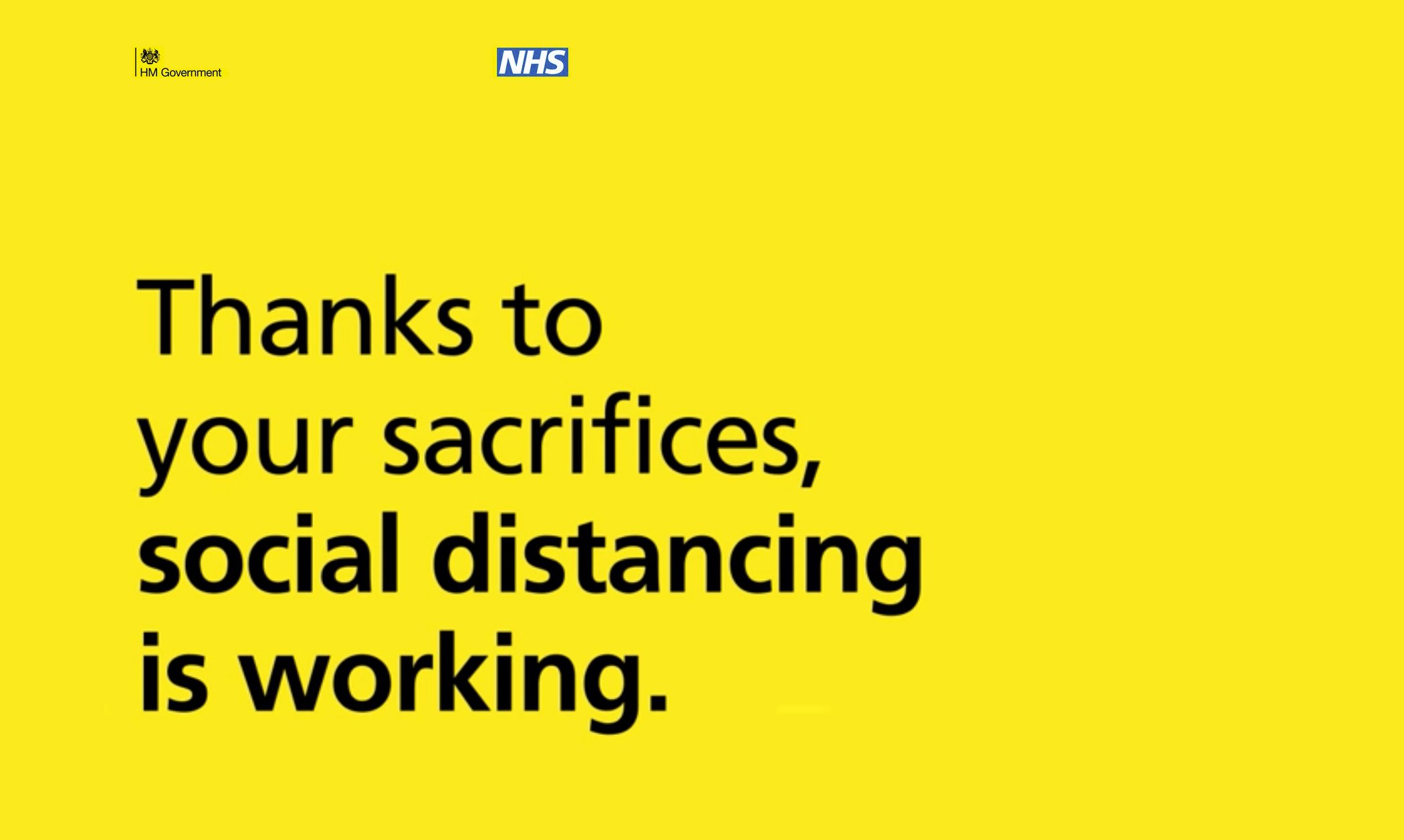
These old-timey, WWII-style posters are nearer the mark for conjuring the ‘we’ll-win-together’ spirit (not too close together, obviously).
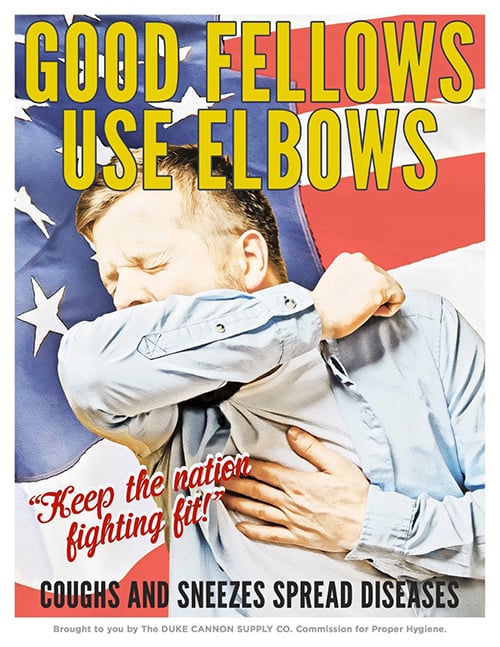
Praise is a powerful motivator, with genuinely surprising efficacy. In a survey of employees, 83% said recognition for their contributions was ‘more fulfilling than any rewards or gifts,’ including additional money.
But the real key research into praise is usually done with children, and there the results show that only the right kind of praise is truly effective. That is, praise that focuses on actions, rather than something inherent in the person; and praise that matches up with and reinforces intrinsic motivation.
That sounds like a case where we can position compliance with social distancing regulations as a ‘we’re winning together’ scenario, using digital signage in-store to both encourage compliance and to reward it with effective praise.
What does it look like in action?
In action
There are two main ways digital signage is already being used to help encourage social distancing. One is more complex than the other, requiring extensive system setup and more hardware. And it’s not applicable to every store.
However, it’s also the one you’d encounter first when you move around the store, so it’s the one we’re addressing first.
Access control messaging
Many stores are currently operating one-in, one-out policies to keep the number of people in-store low enough to achieve social distancing. This can result in lengthy queues outside, where the risk of infection is slightly lower.
Digital signage can help manage this situation.
In a collaboration between ScreensTV and Israeli digital signage CMS firm NovSign, this digital signage solution was implemented to provide queue management outside the store:
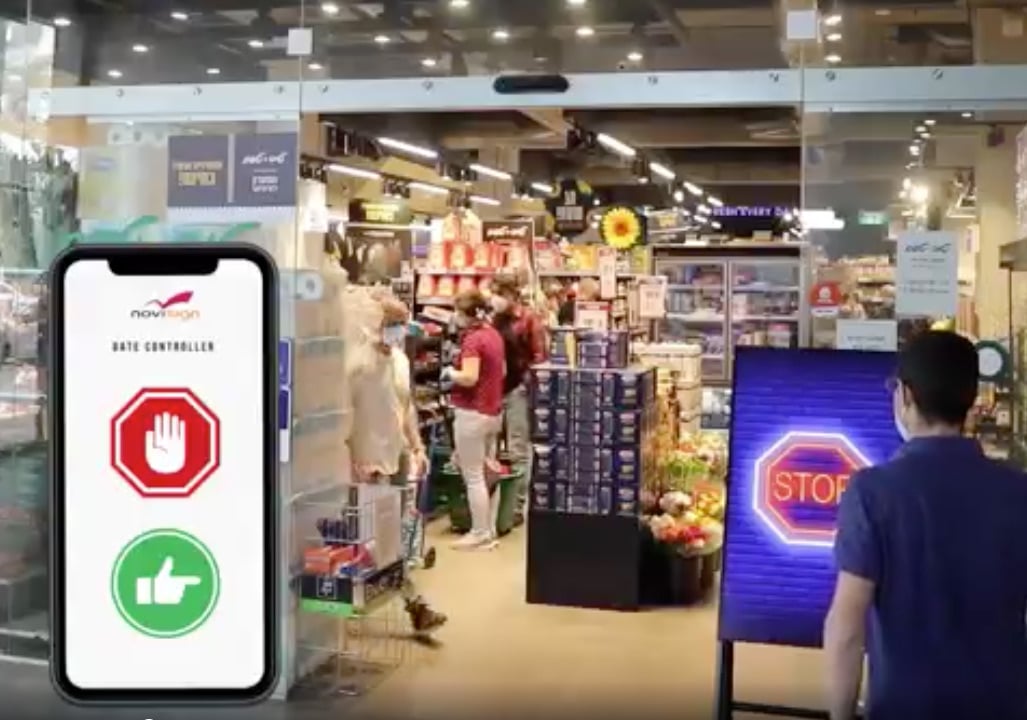
Naturally, this isn’t going to be a solution everywhere. It’s not applicable to neighborhood bodegas, and equally inapplicable to Costco and other big-box retailers. But for small, specialized stores, it could be a gamechanger.
Now let’s look at how everyone else can change their game.
In-store
By far the most applicable use of digital signage for social distancing is in-store. Almost any retailer can use this tool, particularly if they already have a digital signage system set up already — though, even if you don’t, they can be relatively inexpensive and rapid to assemble and deploy, and pay for themselves in increased sales quickly too.
In-store solutions can be deployed to remind shoppers of social distancing measures in the abstract or to reinforce the need for them in specific in-store locations. Content can be adapted to specific store locations without the need for additional hardware or design, meaning this solution is more adaptable and versatile.
If only there were a simple template ready-made to get you started...
Get the Rise Vision social distancing template
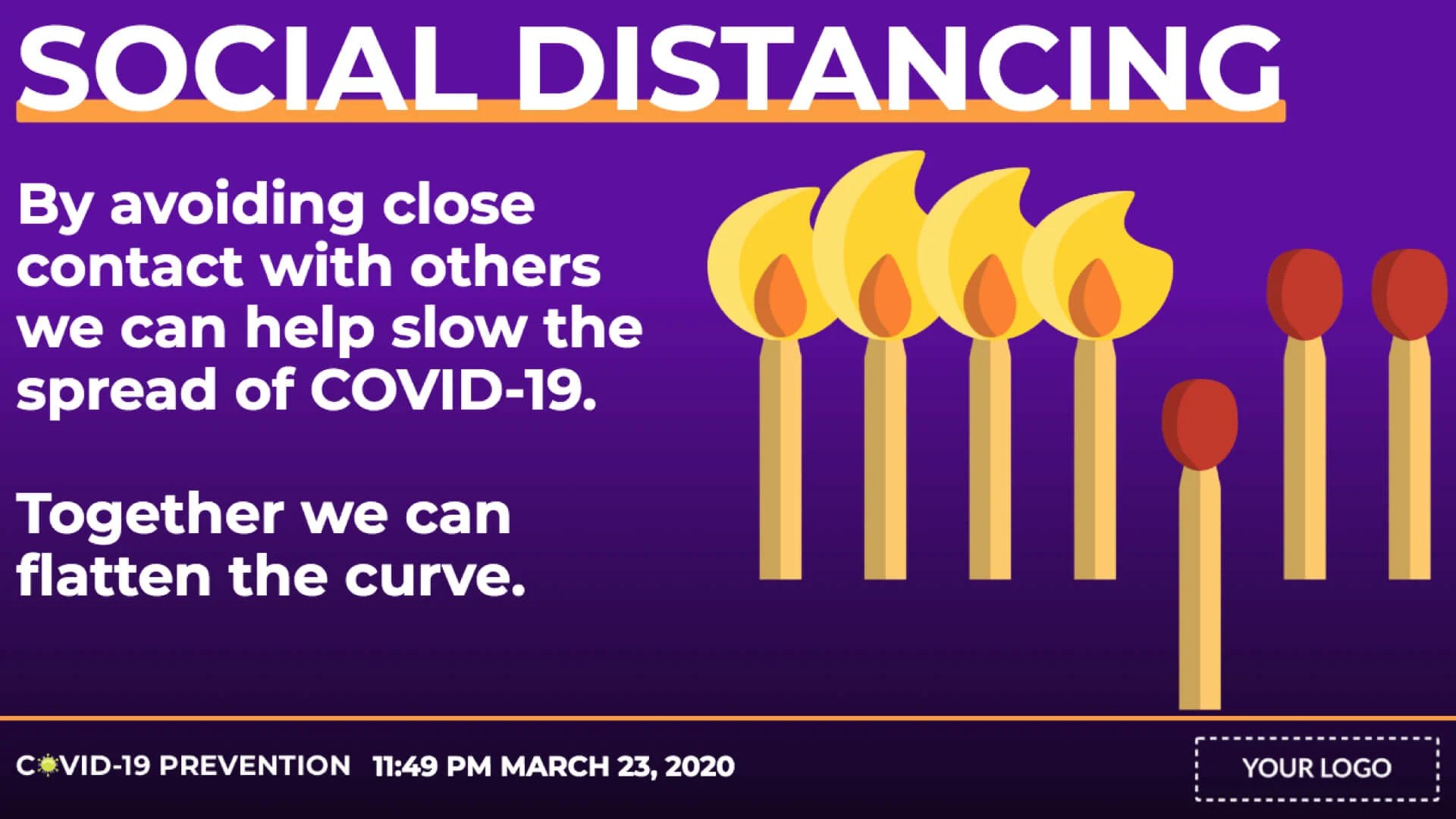
Grab the Rise Vision COVID-19 social distancing template here. There’s illustrative animation, telling a story of the risks, the solution, and the contribution each viewer can make. And there’s editable text and a spot for your logo.
Like all Rise Vision templates, it’s extensively editable, with options to change color palette, layout, and text.
Add it to your existing Rise Vision implementation or start your free trial to see how you can leverage digital signage during the pandemic and afterward.
More From Our Blog
-

Screen Sharing for Workplace Collaboration | Rise Vision
Screen-sharing technology has transformed how teams communicate and work together in real-time, regardless of their location. It can make presentations more engaging, support remote work, and speed[…]
Read More -

How to Use PowerPoint for Digital Signage
To create stunning, attention-grabbing, and effective digital signage content, you need the help of content creation and presentation tools. One of the most popular is Microsoft PowerPoint, owing to[…]
Read More -

120 Digital Signage Content Ideas
So…. you decided you would invest in some digital signage software and you need some ideas for ways you can make it stand out. This article is your go-to source for the best digital signage content[…]
Read More
Keep Your Displays Interesting – Pick New Templates Every Week!
Every week, we send template recommendations that will make you look great and improve your audience experience. And the best part, they save up to 16 hours of content creation time every week!
12,300+ Organizations Trust Rise Vision, You Can Too
Schedule a Free Demo
You deserve the #1 all-in-one platform for digital signage, screen sharing, and emergency alerts.



































